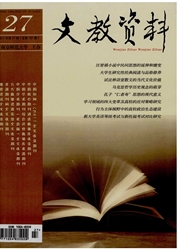

 中文摘要:
中文摘要:
目的通过与经股动脉对比,探讨经桡动脉途径行全脑血管造影的可行性、安全性及优缺点。方法选取同期行全脑血管造影的患者125例,按入路血管分为桡动脉组(62例)和股动脉组(63例),对比其穿刺成功率、造影成功率、手术时间、并发症发生率,并进行统计学处理。结果 2组穿刺成功率、造影成功率比较,差异均无统计学意义(P〈0.05),桡动脉组手术时间长于股动脉组(P〈0.05),并发症发生率低于股动脉组(P〈0.05)。结论经桡动脉途径全脑血管造影成功率高,安全可行,并发症少且轻微,值得推广应用。
 英文摘要:
英文摘要:
Objective To evaluate the feasibility,efficacy and safety of a transradial approach to cerebral angiography compare to transfemoral approach. Methods The cerebral angiography was performed in 125 patients and they were divided into transradial approach group(62 cases)and transfemoral approach group(63 cases).The success rate of procedure,the operation time and complication rate were compared, and statistical analysis was performed. Results There were no significant differences in the puncture success rate and procedure success rate between the two groups(P 0.05).The operation time were significantly longer and the complication rate was obviously lower in transradial approach group than those in transfemoral approach group(P 0.05). Conclusion This study suggests that transradial cerebral angiography can be performed with minimal risk of morbidity,which is worth of using generally.
 同期刊论文项目
同期刊论文项目
 同项目期刊论文
同项目期刊论文
 期刊信息
期刊信息
